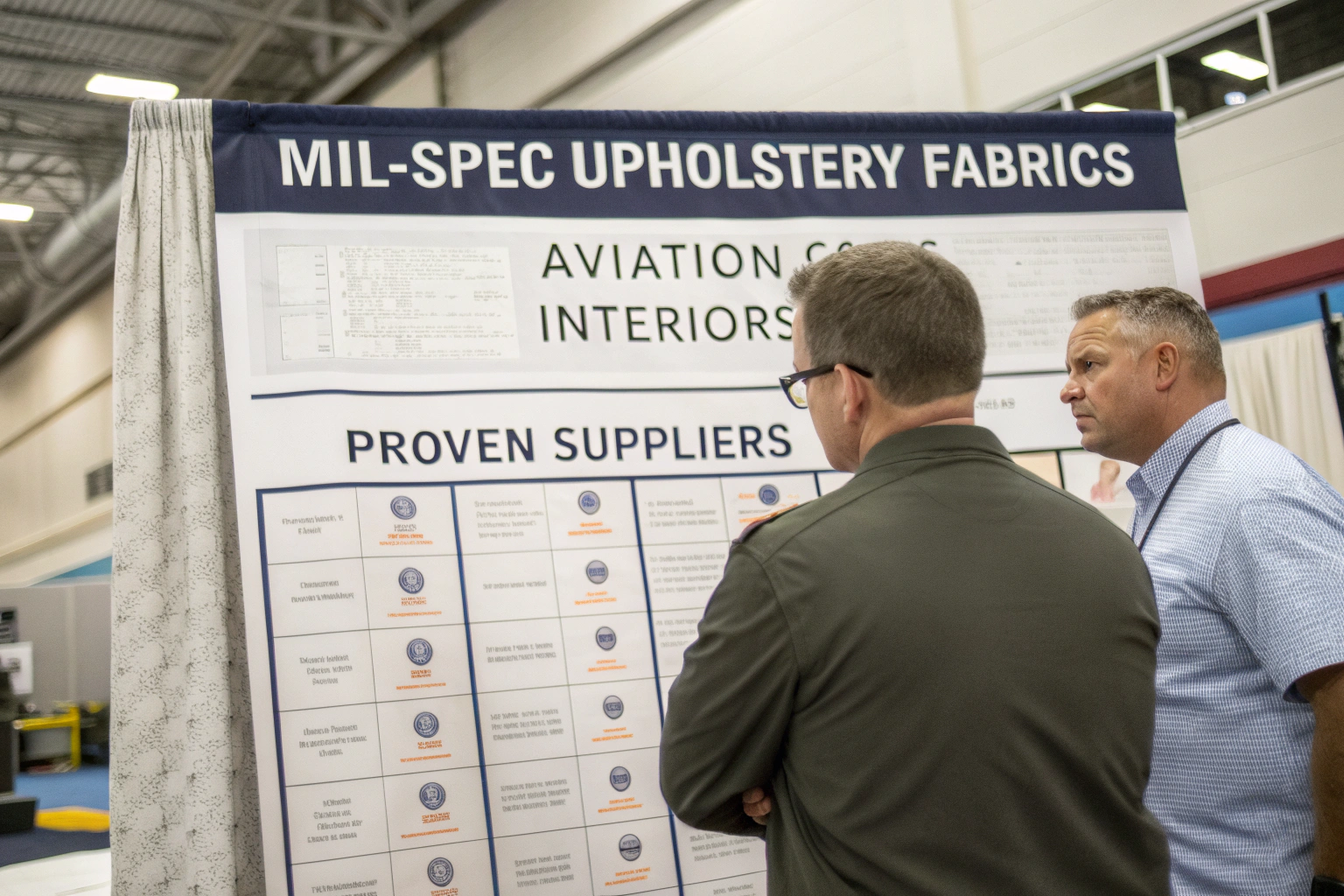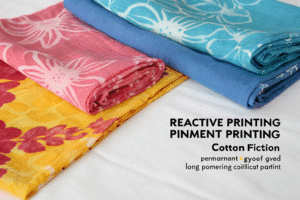When buyers in the aerospace and defense sector begin sourcing aircraft upholstery fabrics, one of the first frustrations is finding material that meets strict military specifications. Searching for MIL-DTL-83141E often leads to confusion because information online is limited, suppliers are scattered, and standards are not always easily accessible. The problem creates wasted time, unreliable leads, and delayed projects.
The good news is that there are proven suppliers and structured ways to source MIL-SPEC upholstery fabrics for aviation interiors. By following specific sourcing channels and understanding how military-grade certification works, you can secure compliant fabrics with confidence and avoid costly mistakes.
If you are an OEM, MRO provider, or procurement officer seeking consistent and certified upholstery textiles, keep reading. In the following sections, I will show you where and how to find MIL-DTL-83141E compliant materials, which suppliers you can trust, and how to avoid the most common pitfalls in sourcing military-grade fabrics.
What Is MIL-DTL-83141E and Why Does It Matter?
The first thing to understand is that MIL-DTL-83141E refers to a specific military detail specification (DTL). These documents define the performance, flammability, durability, and safety standards required for textiles used in aircraft interiors. This means that upholstery materials certified under MIL-DTL-83141E are not just decorative fabrics—they are designed to pass flame resistance, wear resistance, and safety compliance testing.
In other words, using certified fabrics ensures your aircraft interiors meet FAA and DoD safety requirements. It also prevents the risk of rejection during inspections, which can delay projects or even ground aircraft.
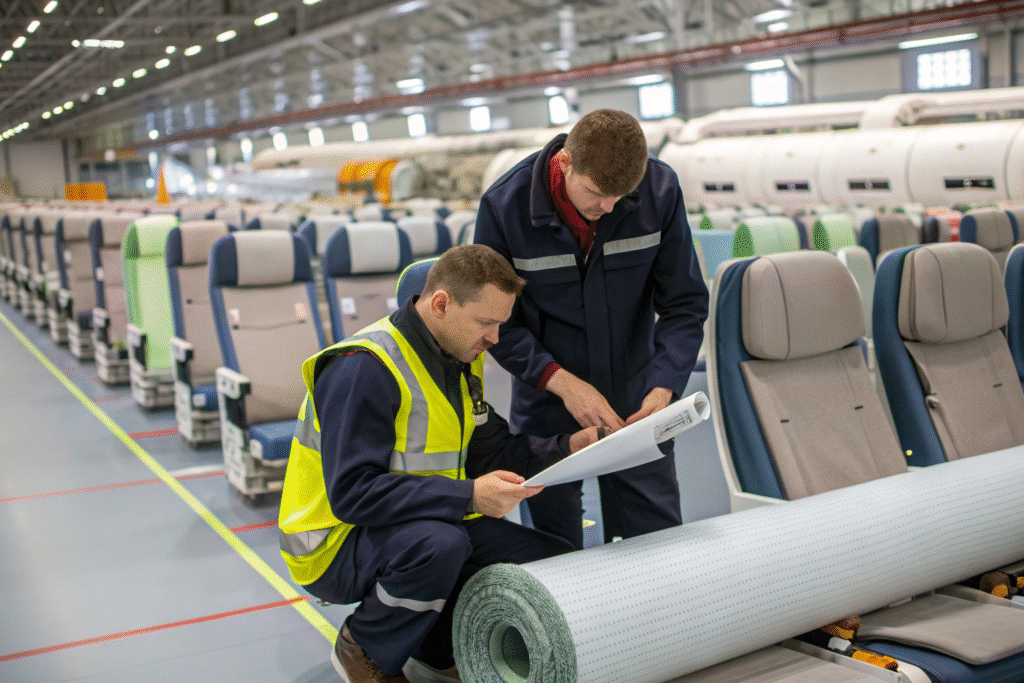
Why are these certifications critical?
Without MIL-SPEC compliance, a fabric supplier cannot guarantee performance in extreme environments. Whether in commercial aviation or military aircraft upholstery, compliance demonstrates that the fabric has passed standardized testing for flame resistance, toxicity, and durability.
For reference, companies like EverySpec maintain repositories of U.S. military specifications, including MIL-DTL standards. Procurement officers often rely on these archives to cross-check active specifications. Another source, Defense Logistics Agency (DLA), provides supply chain data for MIL-SPEC textiles.
Who enforces these standards?
Certification is usually verified through accredited testing laboratories such as SGS or Intertek, both of which specialize in flame and safety testing for textiles. This ensures materials comply with international aviation regulations (FAR 25.853) in addition to military standards.
Which Suppliers Provide MIL-SPEC Upholstery Fabrics?
Finding suppliers that specialize in military-certified fabrics can be difficult, especially for smaller buyers who lack direct DoD procurement channels. The good news is that several companies focus exclusively on aviation and defense-grade textiles.
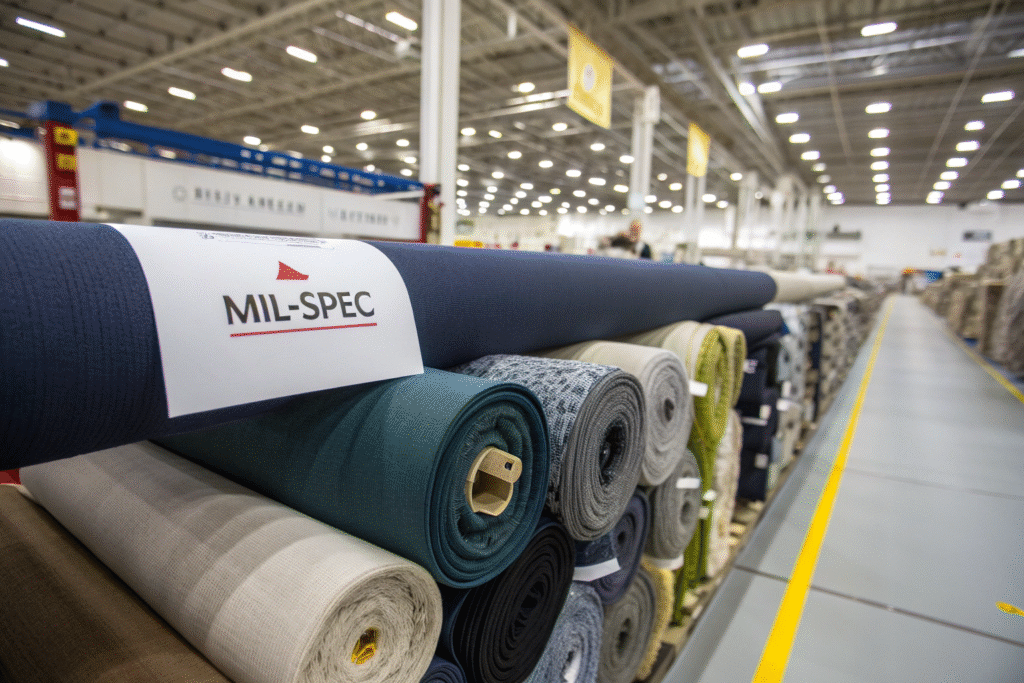
Where can you buy MIL-DTL-83141E compliant textiles?
One of the best starting points is aerospace fabric distributors such as Spectra Interior Products and Ultrafabrics Aviation. These suppliers stock FAA-approved and MIL-SPEC-tested upholstery materials. They often maintain close relationships with aircraft OEMs and MRO facilities.
Another option is specialized upholstery suppliers like Gilbreath Upholstery Supply and Jaco Aerospace. Both provide FAA burn-certified fabrics and can source military specification upholstery fabrics upon request.
For military-specific applications, HLC Industries (hlcindustries.com) and Performance Textiles (perftex.com) are leading U.S. manufacturers producing Berry Amendment–compliant textiles.
Do they provide documentation?
Yes. Certified suppliers will always provide a Certificate of Conformance (CoC) and burn test results upon request. This documentation is critical for passing inspections and ensuring your project is audit-ready.
How to Verify Compliance Before Ordering?
Even after identifying a supplier, verifying MIL-SPEC compliance is crucial. Some suppliers claim compliance but cannot provide traceable documentation. To avoid risk, you should follow a simple verification process.
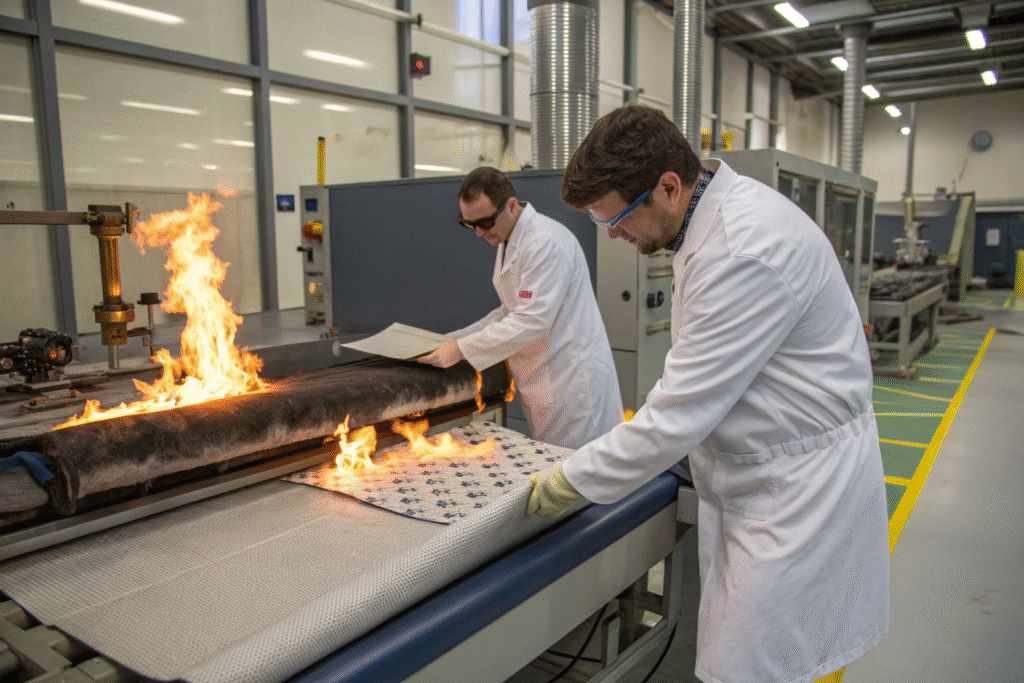
What should you request from a supplier?
The first step is to request the MIL-DTL-83141E test report and certificate of compliance. Suppliers working with SGS or Intertek can provide official flame, smoke, and toxicity test results.
Next, ask whether the supplier is listed as a partner with the Defense Logistics Agency (DLA) (dla.mil). DLA-approved vendors have a proven track record of delivering to U.S. military projects.
How can you perform due diligence?
Cross-check the supplier’s fabric codes against open databases like EverySpec to confirm that the fabric matches the specification. Additionally, request small samples for lab dip and burn testing before committing to bulk orders. This reduces risk and prevents costly rejections.
What Are the Alternatives if MIL-DTL-83141E Is Unavailable?
Sometimes MIL-DTL-83141E fabrics are unavailable due to limited production runs, high lead times, or restricted distribution. In such cases, knowing the alternatives is essential for keeping projects on schedule.
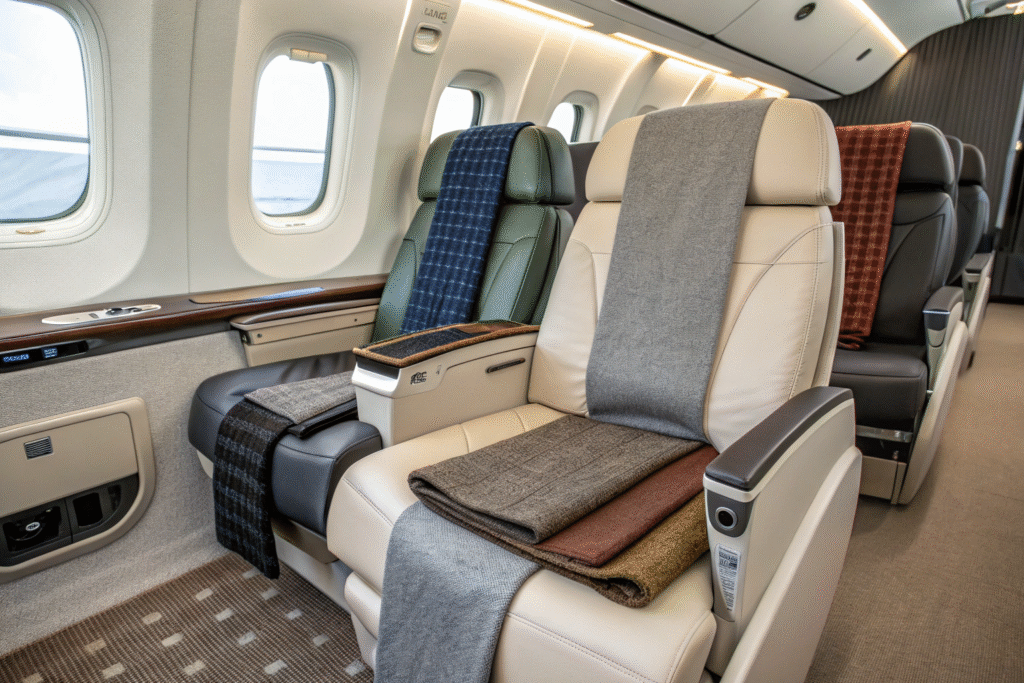
Which equivalent standards can be used?
Some FAA-certified fabrics meet or exceed the flame resistance and durability requirements of MIL-SPEC upholstery textiles. For example, FAR 25.853-compliant fabrics are often accepted for military applications when MIL-DTL fabric is unavailable. You can find such fabrics through Tapis Corporation or AeroFloor.
Can eco-friendly options work?
Yes. Many modern aerospace suppliers now offer sustainable aviation textiles such as recycled polyester blends and eco-leather. For example, Ultrafabrics promotes lightweight, animal-free upholstery fabrics designed for long service life in aviation environments. These eco-friendly alternatives may not carry a MIL-DTL code but still pass stringent flammability and abrasion testing.
Conclusion
Finding MIL-DTL-83141E aircraft upholstery fabrics requires knowing where to look and how to verify compliance. While the specification itself may not always be publicly accessible, trusted suppliers like Spectra Interior Products, Ultrafabrics, Gilbreath Upholstery Supply, Jaco Aerospace, and HLC Industries can provide certified and traceable upholstery materials for both civilian and military aviation interiors.
If MIL-DTL-83141E is not directly available, procurement officers should consider FAA FAR 25.853-compliant alternatives or eco-friendly aviation-grade textiles to avoid delays.
For businesses looking to secure a reliable supply chain in aviation-grade fabrics, I encourage you to reach out to Shanghai Fumao Textiles International. We have over 20 years of expertise in certified fabrics and global logistics. To start your own upholstery project with us, contact our Business Director Elaine at elaine@fumaoclothing.com.

